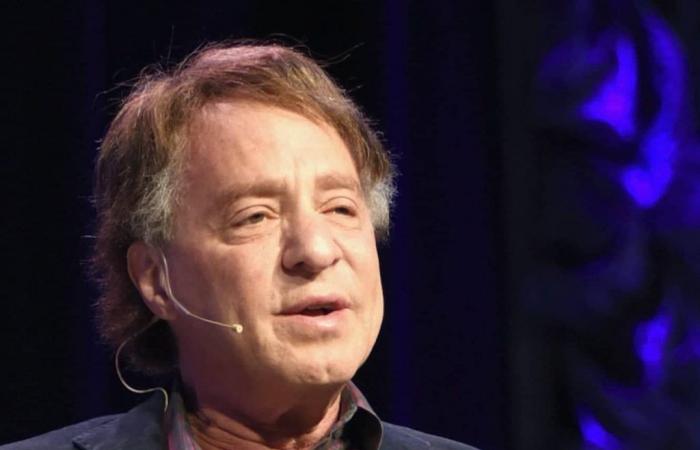Simply call “scientist” Ray Kurzweil would be reductive: he is a dreamer with his feet firmly planted in technological reality. As a child, he created fantastic machines in his bedroom. Today, at 76, he continues to weave visions of a future in which man and machine merge, challenging the boundaries of our imagination.
His predictions, once considered fanciful, are becoming more and more plausible. And yet, they have the power to surprise: this latest one is no exception.
Ray Kurzweil, the visionary of artificial intelligence
Ray Kurzweil is one of the most influential thinkers in the field of artificial intelligence. Author, inventor and futurist, Kurzweil is known for his bold predictions about the future of technology. He currently serves as a principal researcher and AI visionary at Google, but in his books and interviews he speaks (and predicts) in a personal capacity.
In his 2005 book“The singularity is near,” Ray Kurzweil made predictions that seemed like science fiction at the time. He predicted that by 2029 computers will reach human-level intelligence, and that around 2045 the “Singularity” will occur, a point where we will merge with computers and become superhuman. Almost 20 years later, the roadmap also seems plausible. And now Kurzweil raises.
The Singularity is approaching
Ray Kurzweil has just published a sequel, “The Singularity Is Nearer,” in which he proudly reiterates his predictions.
“I’ve been consistent. I’m sticking with 2029, both for human-level intelligence and artificial general intelligence (AGI) – which is a little bit different,” Kurzweil says. For some, it will take even less time, though. He explains that human-level intelligence refers to AI that has reached the capabilities of the most skilled humans in a particular domain, while AGI refers to AI that can do everything a human can do, but at a higher level.
Why does Ray Kurzweil confirm his predictions? Because, he says, he finds its correspondences in the law of accelerating returns, which describes the exponential growth of computing power. According to this law, computing power doubles every 15 months, and this exponential increase enables significant advances in AI.
The path to 2029 according to Ray Kurzweil
To reach his predictions for 2029, Kurzweil believes AI needs more computing power, better algorithms and more data to answer more questions. He also predicts that the problem of AI “hallucinations” (inaccurate or nonsensical output) will decline significantly by then.
And the Singularity? As mentioned, Ray Kurzweil describes it as the moment when we merge our brains with the cloud. “We will be a combination of our natural intelligence and our cybernetic intelligence, and it will all be rolled into one,” he says. He predicts that this will be possible thanks to brain-computer interfaces, which will eventually be nanobots—robots the size of molecules—that will enter our brains noninvasively through capillaries. We will expand intelligence a million-fold. by 2045he says, and this will deepen our awareness and consciousness.
Risks, safety, social impact of AI
While acknowledging the potential risks of advanced AI, Ray Kurzweil remains optimistic. He supports the need to carefully monitor the development of AI and states (almost with disappointment, ed.) that major companies are investing more resources in AI safety than in the development of new advances.
Kurzweil also addresses social concerns related to AI. Regarding technological inequality, he predicts that, like cell phones, technology will become more accessible, but over time. He acknowledges that some jobs will be automated, but argues that new job opportunities will be created. He also predicts the introduction of a universal basic income in the 2030s to mitigate the job earthquake.
And then what else?
Kurzweil’s visions for the future of humanity are bold. He predicts that in the 2030s we will reach “longevity escape velocity“, where every year of life lost to aging will be recovered by scientific progress. It even anticipates the possibility of upload our minds to a computer (what in technical terms is called ‘mind uploading’) to be restored in the event of biological death.
A little too much? Of course, Ray Kurzweil’s predictions challenge our understanding of the future and raise important ethical and philosophical questions. They were doing this even in 2005. Some may consider his ideas too fantastic, but the rapid evolution of AI in recent years suggests that we may be closer to this future than we think. Kurzweil invites us to prepare for a future in which AI is not a separate entity, but an integral part of ourselves. Whether or not you agree with his predictions, there is little left to verify their accuracy.
Very, very little.






